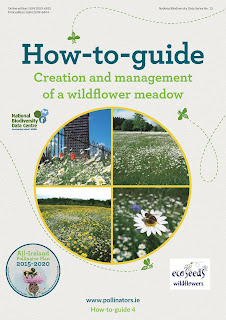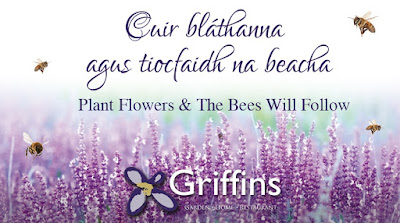5 Key points for creating wildflower meadows.

Click on picture above to download Guide Key points for creating wildflower meadows 1 Where your wildflower seed comes from matters! If you decide to plant a wildflower meadow using commercially bought seed, it is very important to use ONLY native species collected and grown on the island of Ireland. 2 Make sure sowing wildflow seed is appropriate for your site If your site already has good pollinator friendly plant species, sowing wildflower seed will be costly and unnecessary. Instead, enhance your natural wildflower meadow through reduced mowing, and consider plug planting of additional species. If your site has only amenity grasses and few other flowers, then consider sowing a native commercial wildflower seed mix. 3 For the best results, plan carefully and properly prepare your site Wildflower seed can be costly, so it’s important to properly prepare your site before sowing seed. You also want to be sure the seed you buy is appropriate for your site. 4 The job i
